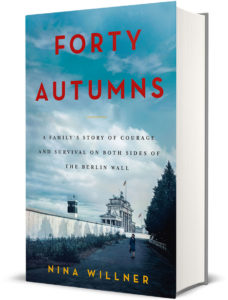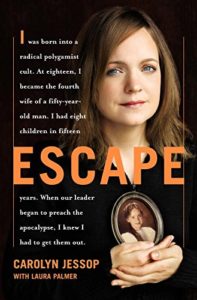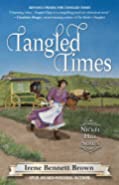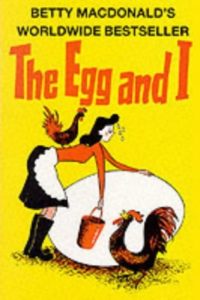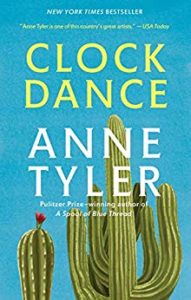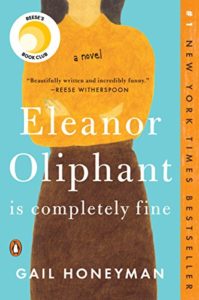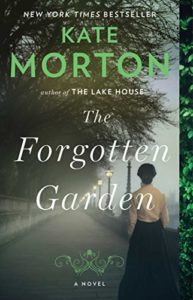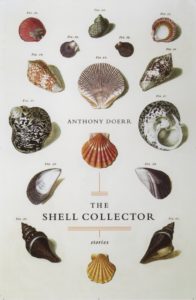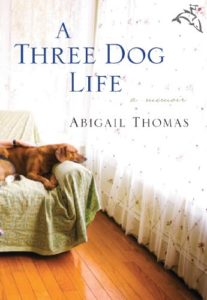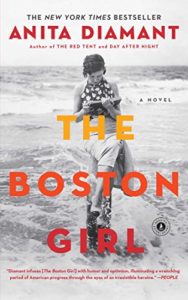Forty Autumns: A Family’s Story of Courage and Survival on Both Sides of the Berlin Wall by Nina Willner is an engrossing account of one family’s struggle against the totalitarian regime that walled in its citizens, separating families and denying basic freedoms.
A memoir, Forty Autumns spans 40 years of Germany’s separation into West and East. The story centers around the Willners, but also delves into the politics of the time and the tragic effect the Iron Curtain had on the personal lives of those trapped behind the wall. The memoir also shows the hardship between families who were denied access to their loved ones across the boarder.
The Willners, living in what became East Germany, worked hard for their large family. Hanna’s father was a teacher and when in 1945 Germany was divided into East and West, he was forced to teach Soviet doctrine. Many of the dictates bothered him, but to provide for and protect his family, he had no choice. Hanna, the eldest daughter, chafed at the restrictions of Soviet rule and was determined to escape to West Germany to live life as a free person.
It’s shocking to learn how strong, energetic people could be denied their basic rights by having food confiscated, occupations changed, rigid curfews imposed, churches closed, and children encouraged to spy and report transgressions about their own families. Those resisting the harsh rule could be imprisoned, tortured, or shot. Fear ruled the land.
Forty Autumns is a well-told, but shocking story of one family’s struggle to reunite. I was only vaguely aware of the realities of East Germany and how its citizens were robbed of their resources. This book brings history to life.


